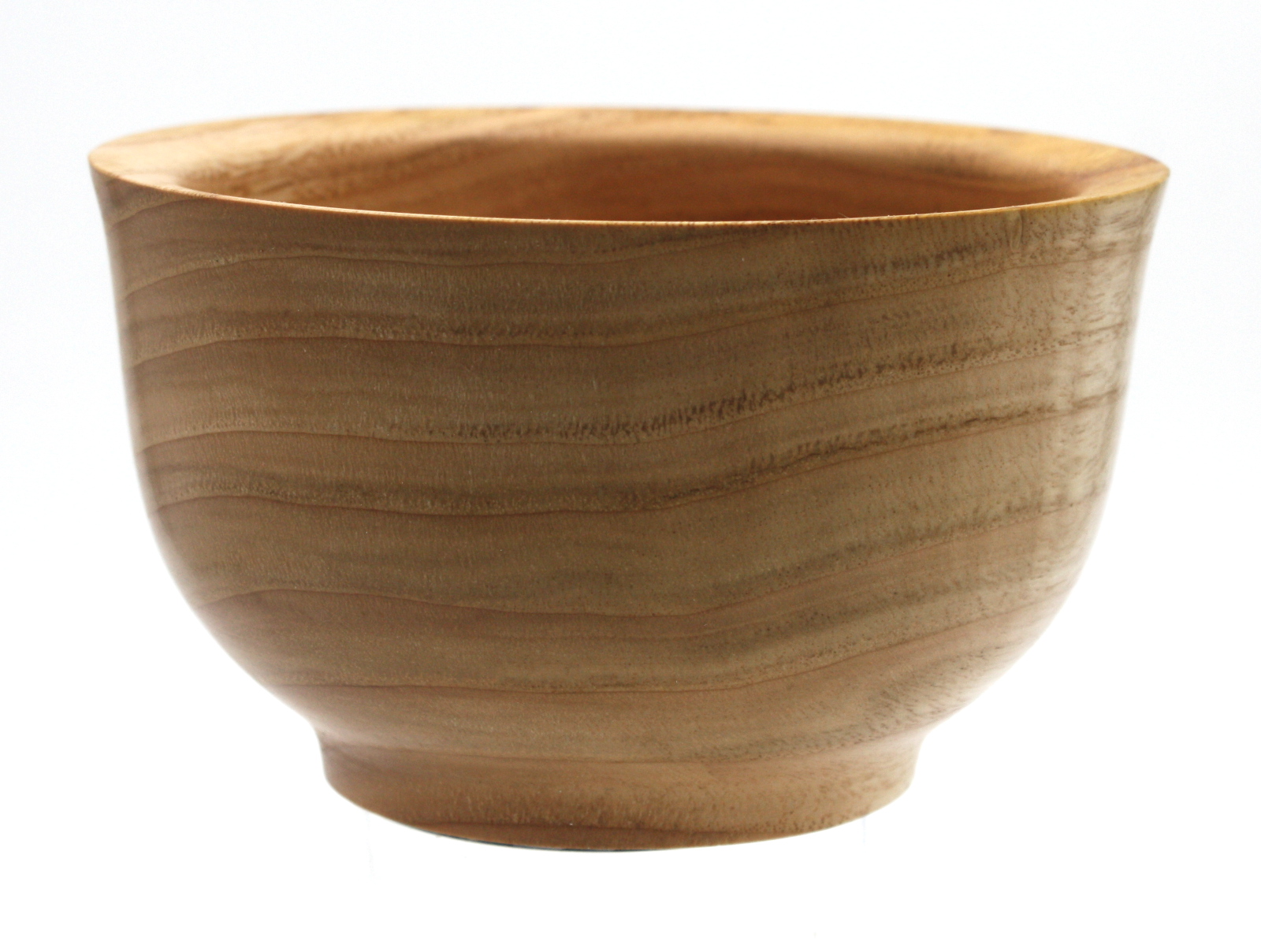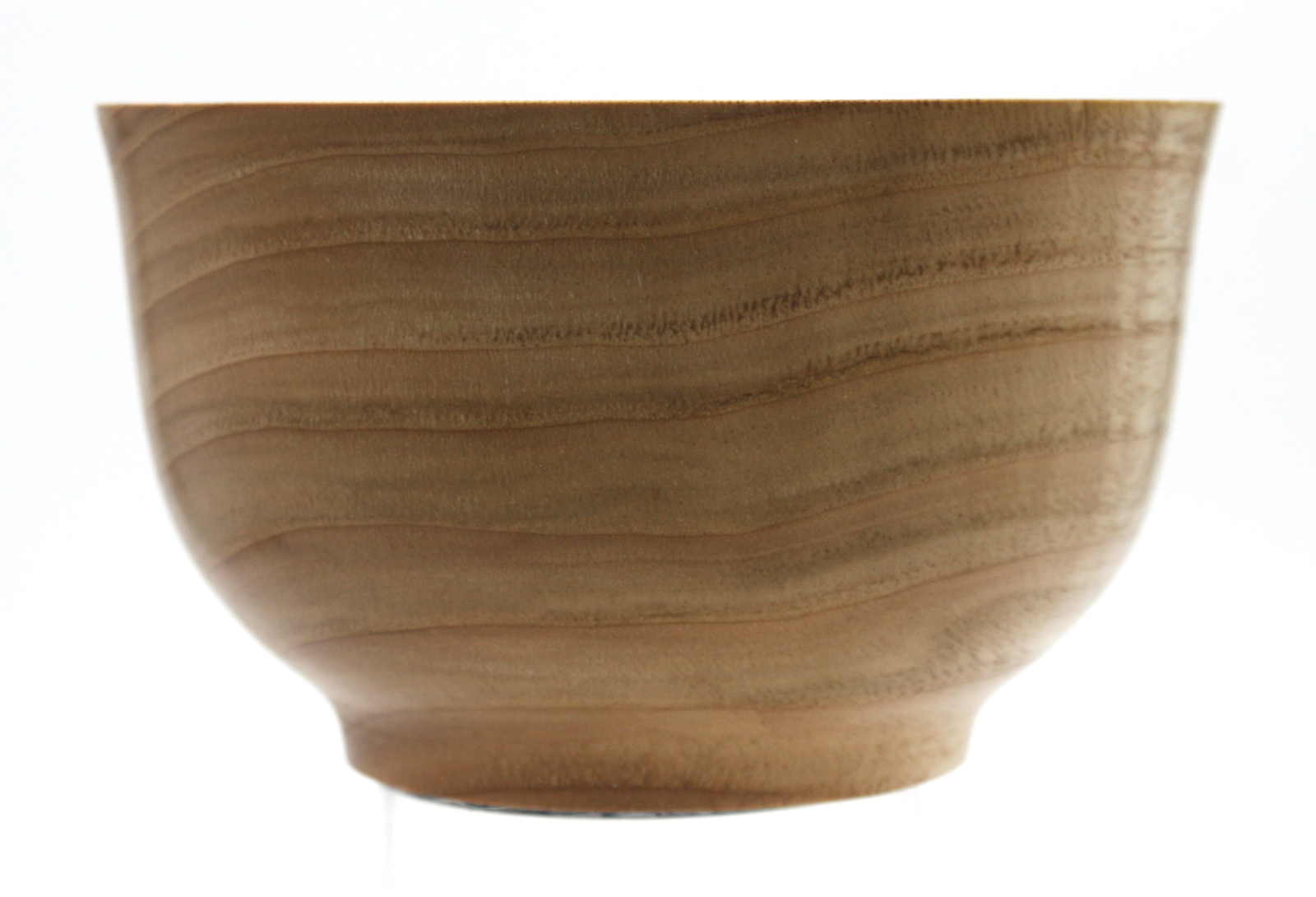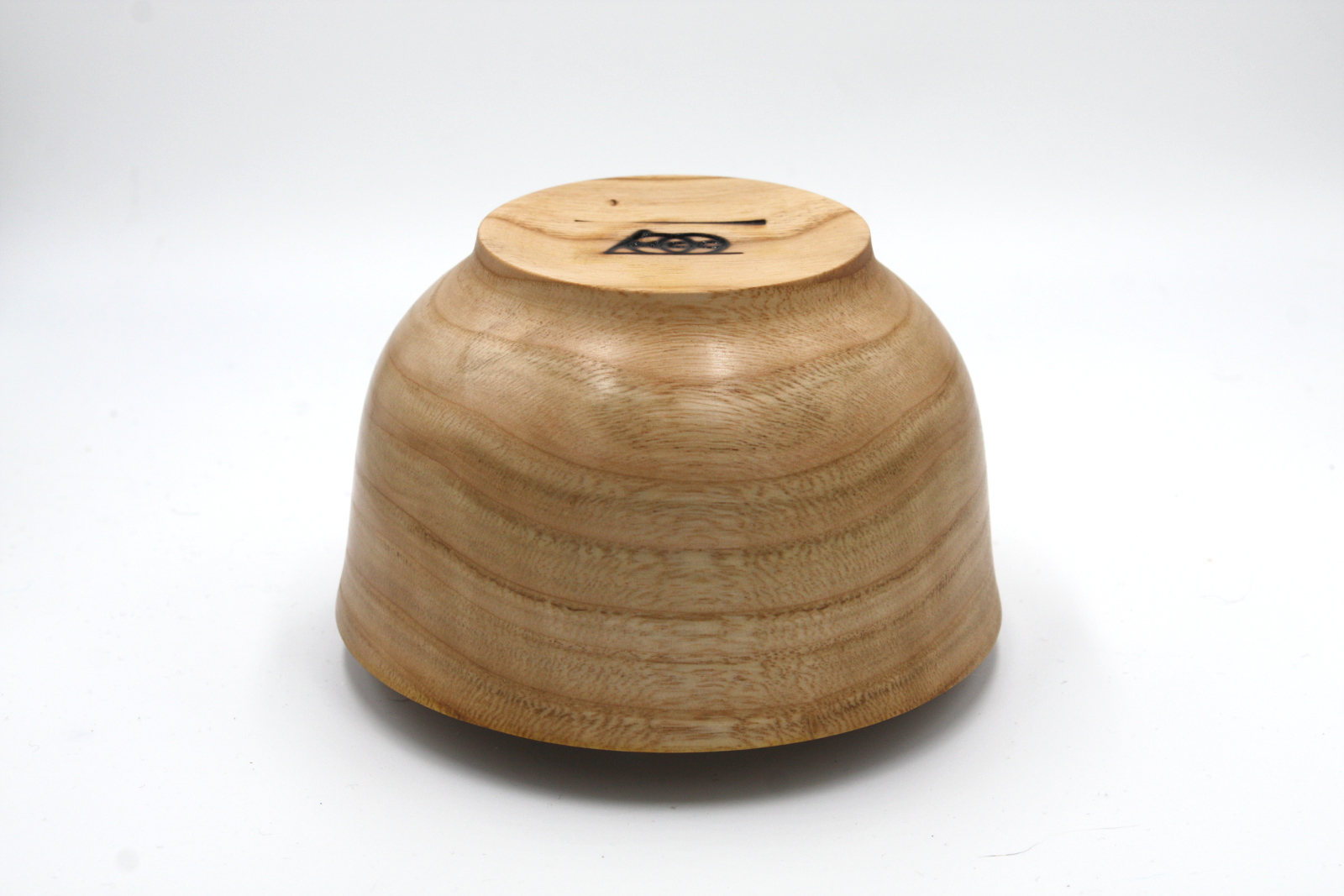MARK.B.
Established Member
That is quite impressive ,really like the way you have used the natural form of the wood with just enough resin to not only fill the void but it actually enhances it in a good way 


Really appreciate the complexity in its simplicity, it looks fabulous.View attachment 107859After finishing the coffee table the room was too cluttered and a replacement hifi stand was the answer.
Stand is from Scottish sycamore, a big gnarly bit with voids and worm holes. Piece was treated and all holes epoxy filled. Also a big epoxy pour in the top cavity.
Legs mortised into the base, drilled out on the drill press then finished with a chisel. Compound angles so was pleased with how the joints turned out.
The shelves are 10mm toughened glass slotted into slots cut on the table saw, they have a 5cm cantilever and seem plenty strong enough. There is a recess in the back where a power bar is attached. The leg mortises, rear recess and the shelf slots were designed such that there is a 40mm uninterrupted spine to the piece to ensure its strength.
I was concerned over ensuring the piece was vertical and shelves horizontal and coplanar. Cutting all the slots on the table saw sled ensured they were coplanar and I made some spike feet to give some adjustment and allow the piece to sit on the floorboards through the carpet. The feet are a detail I rather like, and we’re fun to make. Insert nuts in the legs and 6mm machine screws with heads removed and thread filed away in the drill press.
I approached the build much more free form, sketching on my bench and laying out angles by eye. Which was a refreshing change to my normal sketch up and measure to death.
Cable management wasn’t thought about enough and there are lots of bubbles in the two epoxy pours. Need to learn for next time.
Comments, questions and criticisms welcome!
Fitz
View attachment 107866View attachment 107867View attachment 107868View attachment 107869View attachment 107870View attachment 107871View attachment 107872View attachment 107873


We moved in our new house in Dec, and the garden gates needed to be replaced. First one is finished and the lock was installed today. Made of American white oak, mostly with hand tools.
The posts (green oak) still need to be varnished...
Fun project, but quite hard work : tough timber for hand tools, fairly heavy (the door frame is 40 mm thick). Let's hope it ages well !
View attachment 107894
View attachment 107895
Thanks ! I used To deal outdoor varnish satin. Didn't do a good job to be honest, I never really use varnish... But should protect the wood from the British weatherLooks very well, what varnish did you use on the gate?














I reckon my mutt would pay to sleep in that gaff, so would most Japanese businessmen come to think of itNothing special really. Very simple Dog Jail
MR-MDF
Bars from wardrobe poles.
View attachment 108125
Ohhh nice little side line I could start. Would I have to dress up as a Geisha Though?I reckon my mutt would pay to sleep in that gaff, so would most Japanese businessmen come to think of it
Enter your email address to join: